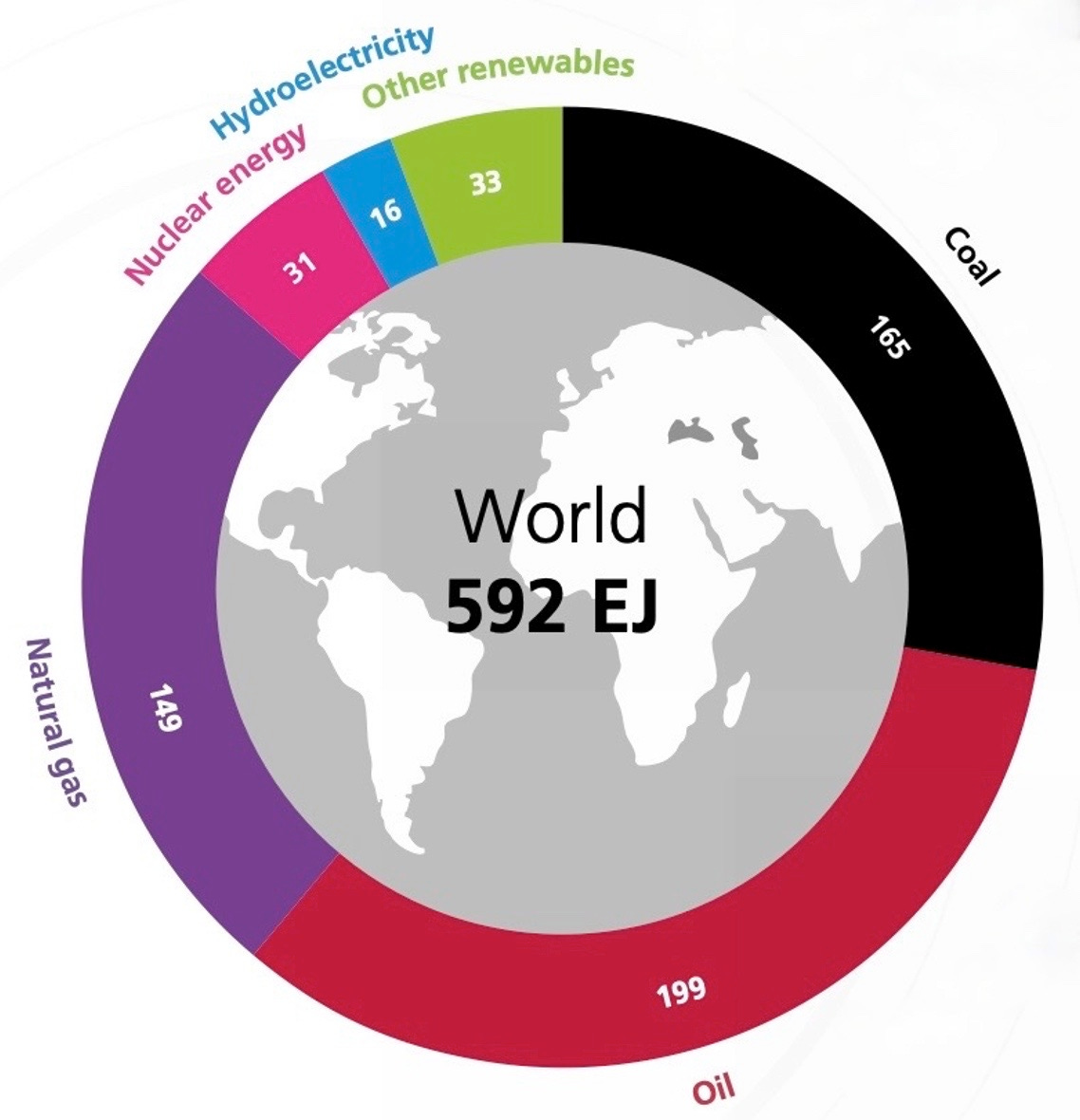What The Media Still Won’t Tell You About The Energy Transition
The numbers in the latest Statistical Review of World Energy prove the energy transition is fiction. The numbers don't lie. Climate journalists? That's another matter.

On July 7, a pair of writers at Heatmap, an online outlet that claims to be covering “the biggest story of our time: climate change,” published an article about land-use conflicts and alt-energy. The article said that about one-fifth of all the counties in the US have restricted “renewables development according to exclusive data” gathered by Heatmap Pro, the outlet’s subscription-only service.
That claim caught my eye because over the past 15 years, I’ve documented more than 1,000 rejections or restrictions of wind, solar, and batteries around the world. The count for the US alone is 829. (For more, see the Renewable Rejection Database.) These land-use conflicts, combined with the lack of new high-voltage transmission capacity, are the binding constraint on the growth of renewable energy. Further, this is not a new story. Land-use conflicts over alt-energy have been raging for nearly two decades.
Despite these facts, the Heatmap reporters seemed shocked to find such stout resistance across rural America. They claimed their “exclusive” findings were newsworthy and that the burgeoning number of local restrictions were “slowing the energy transition.”
Four days later, a writer at Canary Media, an outlet that was created by the Rocky Mountain Institute, focuses on climate change, and gets funding from two giant dark-money NGOs — the Climate Imperative Foundation and the Energy Foundation — declared that despite setbacks in the US, “the global energy transition goes on.”
The article went on to claim the world is continuing “to move quickly toward cleaner sources” and that “with or without the US, the global energy transition is happening.”
Except it isn’t.
There is no energy transition. Just don’t expect the media to tell you the truth about it.
Of course, I could provide dozens, or even hundreds, of other examples of climate-focused journalists, academics from elite universities (hello, Princeton!), and policymakers making risible claims about our energy future and how the world will soon be fueled by “clean” sources like wind, solar, and batteries, with some nuclear and maybe a bit of hydropower, thrown in for good measure. As I explained two years ago in “The Anti-Industry Industry,” the “energy transition” narrative is relentlessly promoted by the NGO-corporate-industrial-climate-media complex, a multi-billion-dollar-per-year business that includes dozens of NGOs and media outlets that promote anti-hydrocarbon agendas. The World Economic Forum even maintains an “Energy Transition Index.”
But the latest edition of the Energy Institute’s Statistical Review of World Energy shows that the world runs on hydrocarbons. The new edition, released late last month, includes a much-needed change in the review’s methodology. That change, which I’ll discuss below, shows that alt-energy’s contribution to the global energy mix is far smaller than previously claimed.
I’ve spent the past few days crunching the numbers. Here are eight charts that show the energy transition is fiction.
Keep reading with a 7-day free trial
Subscribe to Robert Bryce to keep reading this post and get 7 days of free access to the full post archives.




